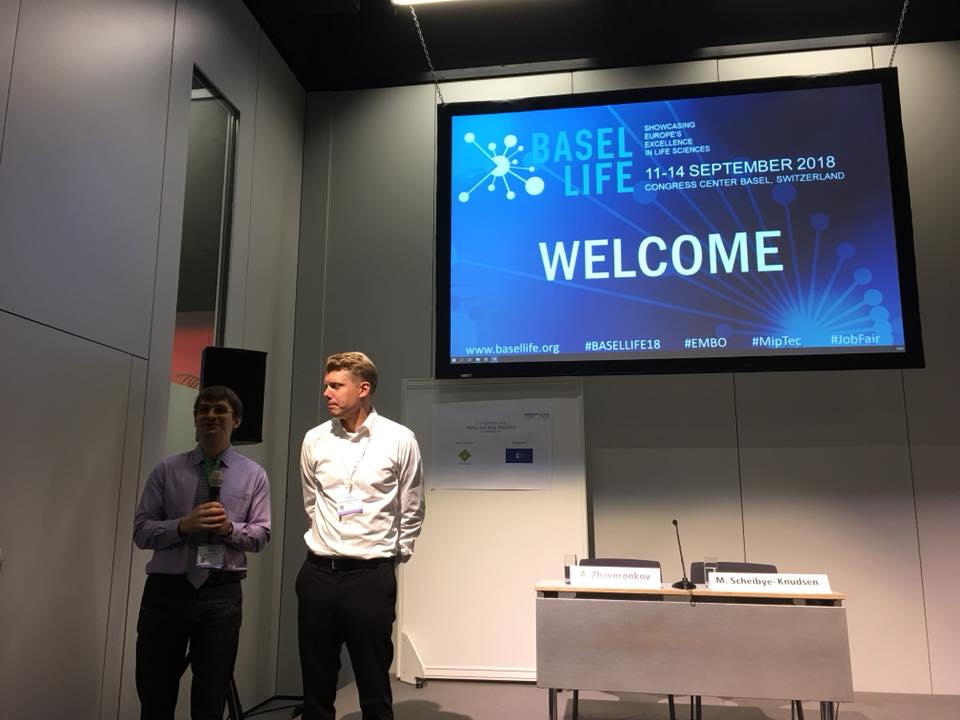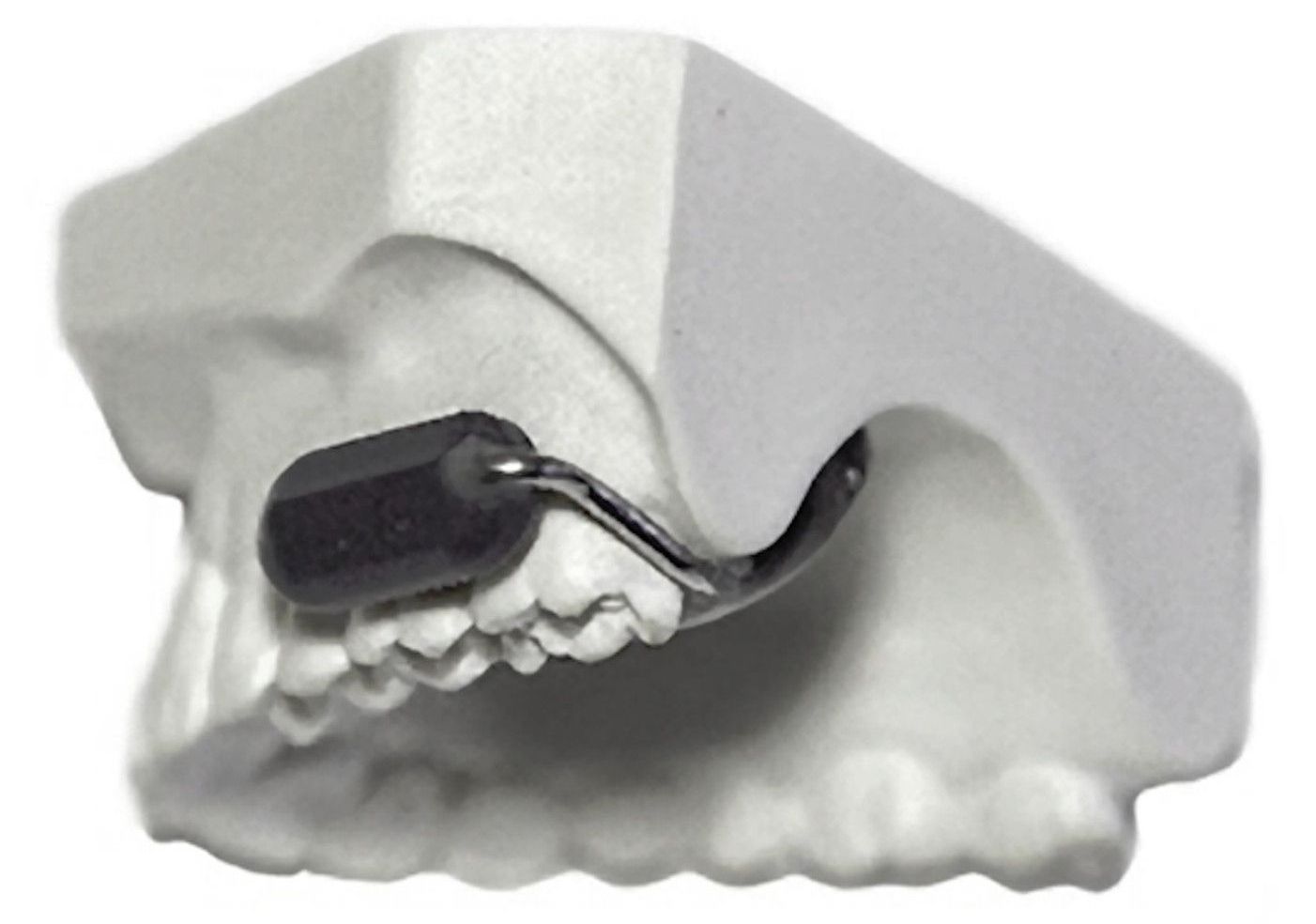Today, we want to let you know that the documentary Paywall: The Business of Scholarship is now available in both English and Russian. This is a documentary exploring the crisis in scientific journal publication and the excessive fees that some publishers charge to access knowledge.
Holding scientific knowledge to ransom
Around 70% of scientific publications are hidden behind paywalls, restricting access to knowledge and holding back progress. We believe that this is unfair and that putting profit before the health of others is unacceptable, and this is one reason why we support the concept of open science here at LEAF.








